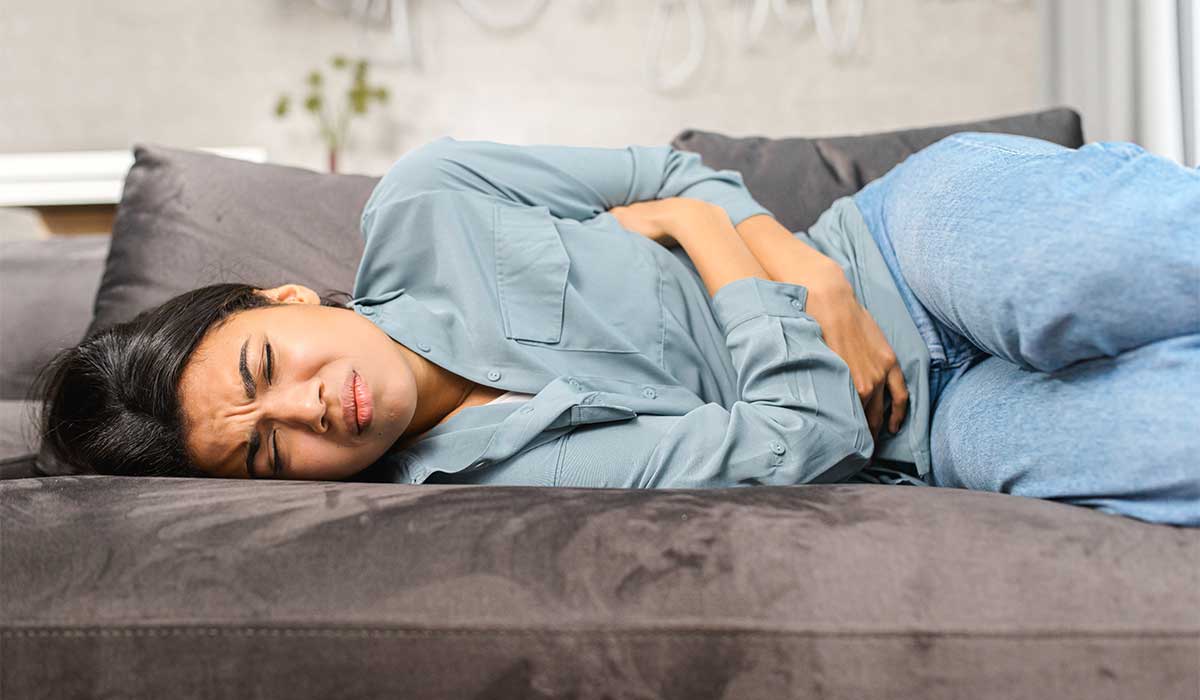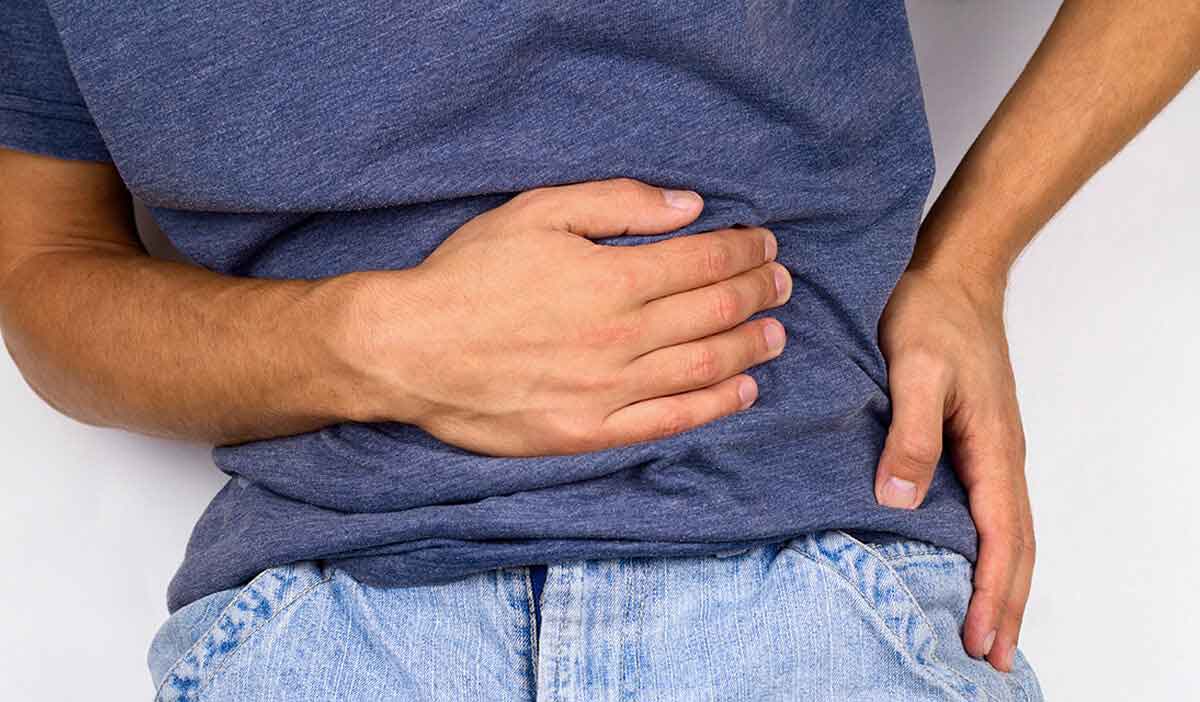
In many cases, gallbladder problems can be minor and not require any treatment. In others, they can be severe and warrant a trip to the hospital—and potentially, emergency surgery.
This article discusses the common causes and symptoms of gallbladder issues, how conditions of the gallbladder are diagnosed, and the different treatments you may need to get things under control.
What are the most common causes of gallbladder problems?
The gallbladder is a small sac in the upper right of your abdomen, just under the liver. It collects and stores bile, a fluid produced by the liver that helps break down the fats in the foods you eat. Your gallbladder also drains waste products from the liver into the small intestine.
Some types of gallbladder problems fall under the umbrella of gallbladder disease.
These conditions include:
- Cholecystitis (inflammation)
- Gallstones
- Acalculous gallbladder disease
- Gangrene
- Functional gallbladder disorder
- Tissue growths in the gallbladder
- Congenital defects of the gallbladder
- Sclerosing cholangitis
- Cancer of the gallbladder or bile ducts
The majority of gallbladder problems involve gallstones and inflammation. Gallstones are formed when cholesterol in the bile stored in the gallbladder hardens into pieces of stone-like material.
These pieces can range in size from tiny pebbles to stones as big as a golf ball.
Symptoms of gallbladder problems
Since gallbladder issues range in cause and severity, the symptoms you experience can also vary, depending on your condition. With gallstones, for example, many people will have no symptoms and not need any treatment, while others will require gallbladder surgery.
While symptoms can vary, some occur in most people experiencing a gallbladder issue, including:
- Gas
- Nausea
- Abdominal discomfort after eating
- Persistent diarrhea
With more severe gallbladder problems, like a gallbladder attack (also called a gallstone attack or acute cholecystitis), symptoms will come on suddenly, usually after eating a meal high in fat.
Symptoms of a gallbladder attack include:
- Sudden, sharp pain in the upper belly that lasts 30 minutes to several hours
- Sharp pain between the shoulder blades or under the right shoulder
- Nausea or vomiting
- Diarrhea
- Dark urine or light-colored stool
- Fever or chills
- Jaundice (yellowish tint to your skin or the whites of your eyes)
How are gallbladder problems diagnosed?
If you suspect a gallbladder problem, it’s essential to see a doctor so they can diagnose your condition. (If you have symptoms of a gallbladder attack, go to the hospital immediately.)
The doctor will begin by asking about your medical history, symptoms, and family history. They may also ask about your diet and the foods you eat regularly. They’ll then physically examine your abdomen to pinpoint the area of your pain or discomfort.
Your doctor will typically order diagnostic imaging tests to find any gallstones. A specialist may do a blood test to check for an infection or inflammation in your gallbladder, bile ducts, pancreas, or liver.
Management and treatment
Once a doctor has examined and run necessary tests, they can make a diagnosis and recommend a course of treatment if needed.
The best treatment options depend on your condition and its severity but could include:
- Over-the-counter pain relievers (e.g., ibuprofen)
- Lithotripsy (a procedure that uses shock waves to break up gallstones)
- Oral dissolution therapy
- Gallbladder surgery
Not all gallbladder problems will require treatment, and some conditions can improve with home remedies, like exercise or a heated compress.
When does a gallbladder need to be removed?
While gallbladder surgery isn’t necessary for all gallbladder problems, it is required in some severe cases. Fortunately, you don’t need your gallbladder to live.
Removal of the gallbladder is called a cholecystectomy and is a standard surgical procedure used to treat gallbladder disease and gallstones.
Once your gallbladder is removed, bile can no longer be stored, so there will instead be a constant drip as you digest your food.
FAQs about gallbladder problems
Read on for some of the frequently asked questions we hear from patients concerning gallbladder issues and how they’re diagnosed and treated.
What are the early warning signs of gallbladder problems?
The symptoms of a gallbladder problem can come and go and vary in severity. But seeing a doctor can help you prevent gallbladder issues from getting worse.
Get medical care right away if you experience the following symptoms:
- Abdominal pain that lasts more than five hours
- Jaundice (yellowing of the skin or eyes)
- Pale-colored stool
- Sweating, fever, or chills
How do you test for gallbladder problems?
If you think you might have a gallbladder issue, it’s crucial to have a doctor check for gallstones, inflammation, or other problems.
In most cases, they will do a physical exam, blood test, and some imaging tests, which can include:
- Ultrasound
- Computed tomography scan (CT)
- Magnetic resonance imaging (MRI)
- Cholescintigraphy (pictures of the biliary tract)
What does an inflamed gallbladder feel like?
Inflammation of the gallbladder, called cholecystitis, is excruciating. It occurs when a gallstone blocks bile from leaving the gallbladder. This condition can cause serious complications that may require surgery.
How common are gallstones?
Gallstones are very common. According to the National Institute of Diabetes and Digestive and Kidney Diseases, 10–15% of Americans will be diagnosed with gallstones, and about a quarter of those cases require treatment.
Which foods irritate the gallbladder?
Certain foods can contribute to gallbladder problems, most notably:
- Foods high in trans fats
- Highly-processed food
- Refined carbohydrates (e.g., white bread, sugar)
To help prevent gallbladder issues, try eating less of the foods listed above and add more of the following foods to fuel your body:
- Fruits and vegetables
- Calcium-rich foods (e.g., dark leafy greens, low-fat dairy)
- Foods high in vitamin C (e.g., berries, oranges, green peppers)
- Plant-based protein (e.g., tofu, beans, lentils)
- Healthy fats (e.g., nuts, avocados)
Gallbladder problems? We can help
Logansport Memorial Hospital’s general surgery team has the expertise to diagnose and care for patients with diseases and disorders affecting the digestive tract, including gallbladder disease.
Our highly-skilled team of board-certified surgeons, anesthesiologists, nurses, and technicians will dedicate themselves to your safety and comfort during your treatment and use cutting-edge technology in our state-of-the-art surgical suites.


